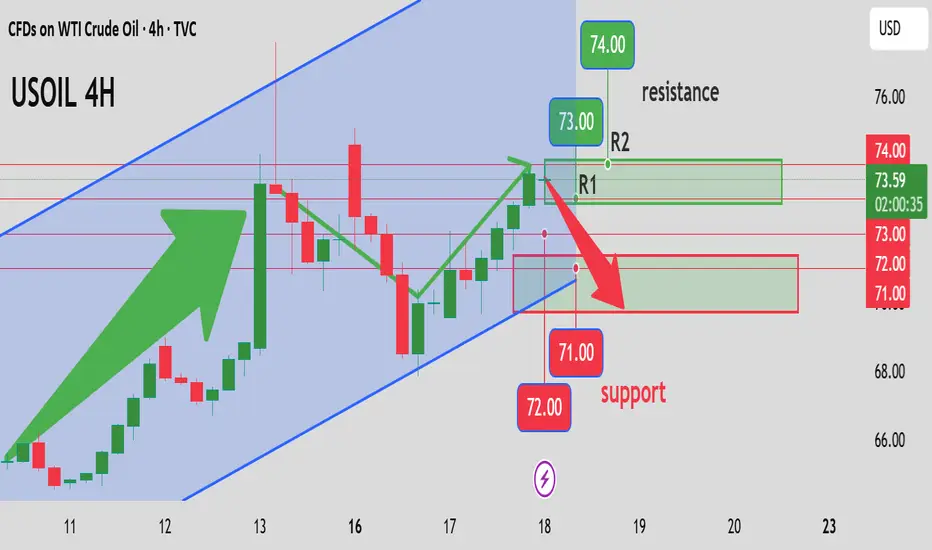Crude Oil Analysis Strategy
(1) Diminishing Expectations of Geopolitical Risks
Although conflicts between Israel and Iran remain intense, international mediation may facilitate de-escalation. Once negotiations commence or Iran exercises restraint in retaliation, market fears of crude supply disruptions will significantly subside. For instance, in past Middle East conflicts, oil prices often fell rapidly when parties showed willingness to resolve issues diplomatically. Additionally, Iran's rhetoric about blockading the Strait of Hormuz currently remains at the stage of verbal threats; if not acted upon, oil prices could lose this key bullish support and potentially enter a downward trajectory.
(2) Potential Release of Supply-side Incremental Volume
While OPEC+ production increases have underperformed expectations so far, there is potential for intensified output hikes. To safeguard their global market share, OPEC+ may raise production to fill the supply gap left by Iran. Meanwhile, U.S. shale oil enterprises, incentivized by rising prices, will accelerate extraction to increase market supply. If supply-side increments exceed market expectations, a surplus scenario will exert obvious downward pressure on oil prices.
(3) Weak Demand-side Growth
Against the backdrop of slowing global economic growth, crude oil demand struggles to sustain expansion. Even during the summer travel peak, demand for oil products in Europe and the U.S. has seen only limited growth. Emerging economies, constrained by economic conditions, have failed to meet projected demand increases. With weak demand-side support and rising supply-side pressures, oil prices lack upward momentum and are more prone to decline.
Today's crude oil trading strategy, I hope it will be helpful to you
USOIL SELL73~74
SL:75
TP:72~71
(1) Diminishing Expectations of Geopolitical Risks
Although conflicts between Israel and Iran remain intense, international mediation may facilitate de-escalation. Once negotiations commence or Iran exercises restraint in retaliation, market fears of crude supply disruptions will significantly subside. For instance, in past Middle East conflicts, oil prices often fell rapidly when parties showed willingness to resolve issues diplomatically. Additionally, Iran's rhetoric about blockading the Strait of Hormuz currently remains at the stage of verbal threats; if not acted upon, oil prices could lose this key bullish support and potentially enter a downward trajectory.
(2) Potential Release of Supply-side Incremental Volume
While OPEC+ production increases have underperformed expectations so far, there is potential for intensified output hikes. To safeguard their global market share, OPEC+ may raise production to fill the supply gap left by Iran. Meanwhile, U.S. shale oil enterprises, incentivized by rising prices, will accelerate extraction to increase market supply. If supply-side increments exceed market expectations, a surplus scenario will exert obvious downward pressure on oil prices.
(3) Weak Demand-side Growth
Against the backdrop of slowing global economic growth, crude oil demand struggles to sustain expansion. Even during the summer travel peak, demand for oil products in Europe and the U.S. has seen only limited growth. Emerging economies, constrained by economic conditions, have failed to meet projected demand increases. With weak demand-side support and rising supply-side pressures, oil prices lack upward momentum and are more prone to decline.
Today's crude oil trading strategy, I hope it will be helpful to you
USOIL SELL73~74
SL:75
TP:72~71
Disclaimer
The information and publications are not meant to be, and do not constitute, financial, investment, trading, or other types of advice or recommendations supplied or endorsed by TradingView. Read more in the Terms of Use.
Disclaimer
The information and publications are not meant to be, and do not constitute, financial, investment, trading, or other types of advice or recommendations supplied or endorsed by TradingView. Read more in the Terms of Use.
